Ever noticed how quick we are to check weather forecasts before booking trips, desperately hoping for perfect sunny days? What if those supposedly ‘terrible’ weather conditions actually create some of travel’s most magical moments?
From fog-shrouded cities to rain-soaked forests, sometimes Mother Nature’s mood swings transform ordinary destinations into extraordinary experiences. Here’s why you might want to embrace the ‘wrong’ season at these destinations.
Scottish Highlands
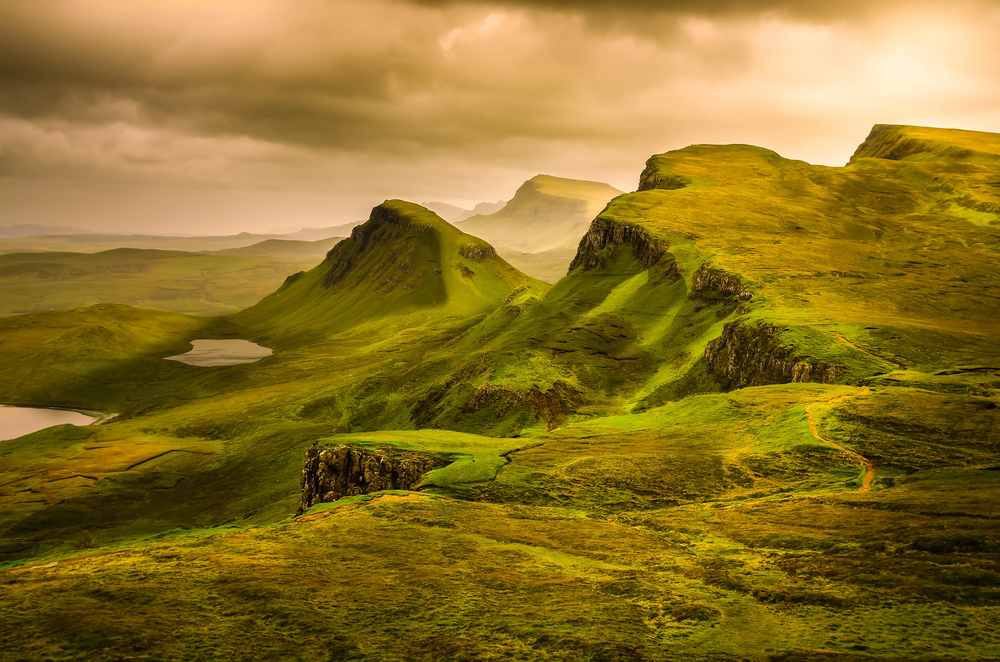
While most tourists flee Scotland’s highlands during the winter months, those in the know embrace the moody atmosphere that transforms the landscape into a mystical realm. The low-hanging clouds and occasional snow turn ancient castles into something straight out of a fairy tale, while cozy pubs become even more inviting with their roaring fires and warm whisky.
The winter light creates extraordinary photography opportunities, with dramatic shadows playing across frost-covered hills and glens. Local hotels often offer significant discounts during this season, and you’ll find yourself sharing those legendary hiking trails with more sheep than people.
The shorter daylight hours actually work in your favor, providing perfect conditions for spotting the Northern Lights when skies clear.
Venice

Venice’s notorious high water season sends many tourists scrambling to change plans, but the city takes on a surreal beauty as water mirrors its centuries-old architecture. Local life adapts seamlessly to the rising waters, with elevated walkways appearing throughout the city and residents going about their business in colorful rubber boots that have become something of a fashion statement.
The reflections created by the high water transform ordinary streets into magical scenes, offering photographers unique perspectives of this floating city. Fewer tourists mean you can experience authentic Venetian life, from morning coffee at normally packed cafes to candlelit dinners in restaurants that suddenly have available tables.
The city’s famous museums and churches remain perfectly accessible, and watching locals navigate their daily routines provides insight into how Venice has survived and thrived with high water for centuries.
Like Travel Pug’s content? Follow us on MSN.
Kyoto
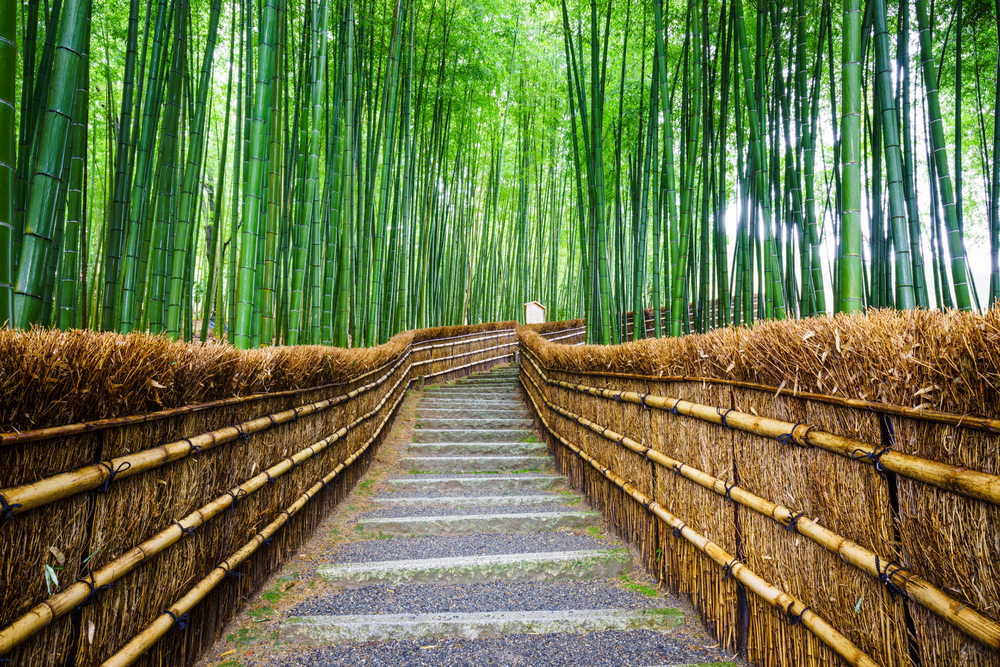
While the cherry blossom season draws crowds seeking perfect weather, Kyoto’s gardens and temples reveal their true essence during the rain. The wet stones of temple pathways glisten like polished jewels, while moss gardens achieve an almost luminous quality that’s impossible in dry weather.
The sound of rain on ancient temple roofs creates a meditative atmosphere that perfectly matches the spiritual nature of these sacred spaces. Traditional Japanese architecture was designed with rain in mind, with deep eaves and covered walkways allowing you to explore comfortably even in steady downpours.
The rain drives most tourists indoors, giving you rare moments of solitude at usually crowded sites like the Golden Pavilion or Arashiyama’s bamboo forest.
Iceland
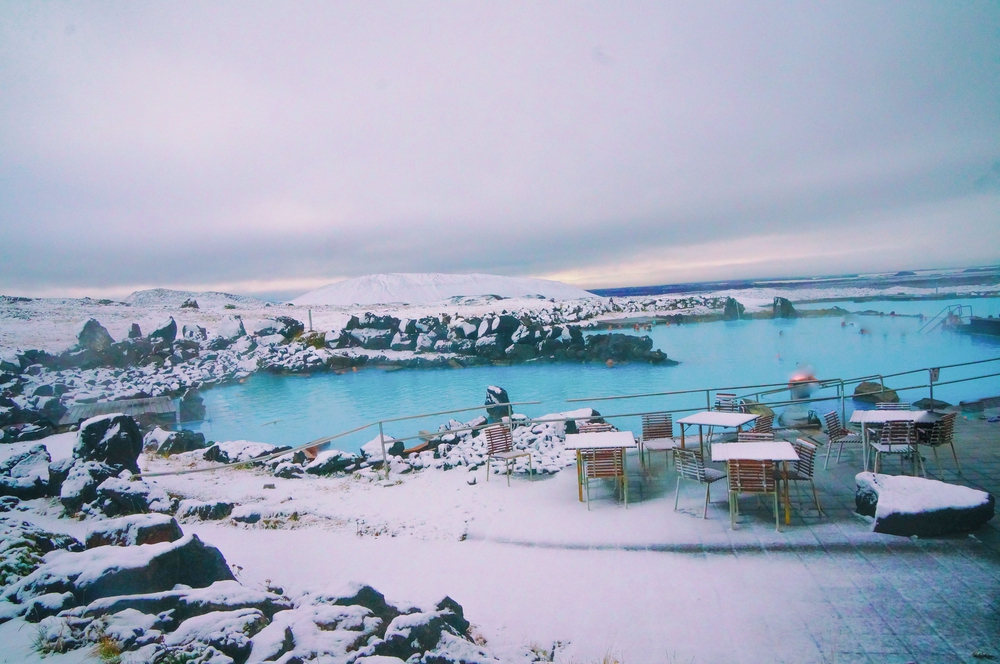
Iceland’s winter storms might seem intimidating, but they create some of the most dramatic landscapes imaginable. The powerful waves crashing against black sand beaches provide a raw display of nature’s force, while storm clouds racing across the sky create ever-changing light shows.
Heated swimming pools and hot springs become even more magical when surrounded by swirling snow, and the contrast between harsh weather and cozy interiors makes every café stop an adventure in itself. The rapidly changing weather means you might experience four seasons in a single day, each offering its own unique photo opportunities and memorable moments.
Local guides are well-versed in safety protocols and know exactly where to find the most impressive storm-watching spots.
San Francisco
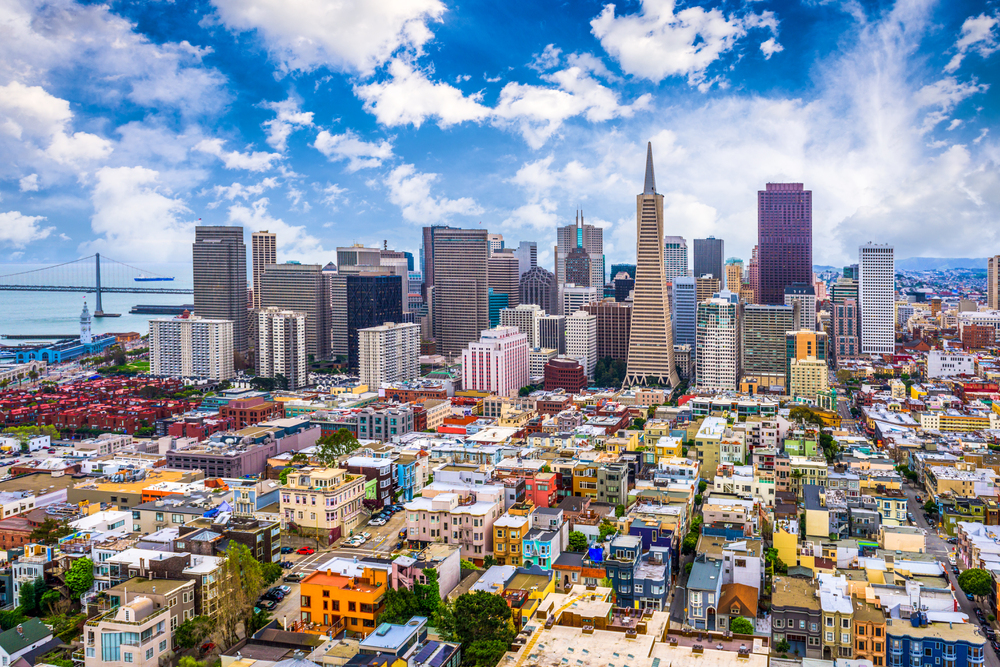
San Francisco’s famous fog, lovingly nicknamed ‘Karl’ by locals, transforms the city into a mystical landscape that photographers dream about. The way the fog rolls through the Golden Gate Bridge creates ever-changing scenes that make even familiar views feel new and exciting.
Victorian houses take on a mysterious quality as they emerge from and disappear into the mist, while hilltop views become otherworldly as fog banks flow through the city like rivers. The moderate temperatures that come with foggy days make urban hiking more comfortable than during rare sunny days, and the dramatic lighting effects create perfect conditions for unique city photography.
The fog’s moisture also brings out the vibrant colors of the city’s famous painted ladies and lush gardens.
Like Travel Pug’s content? Follow us on MSN.
Amazon Rainforest

While many avoid the Amazon during its wettest months, this is when the rainforest truly comes alive. The higher water levels allow boats to access otherwise unreachable parts of the forest, creating opportunities to canoe through flooded forests and spot wildlife from unique perspectives.
The rain brings out countless species of frogs and other amphibians, filling the nights with their mysterious chorus. Traditional stilted houses demonstrate how local communities have adapted to the rising waters for generations, offering insights into sustainable living in this dynamic environment.
The afternoon storms create spectacular light shows and provide perfect opportunities to witness how the rainforest’s ecosystem responds to and depends on these regular downpours.
Norwegian Fjords
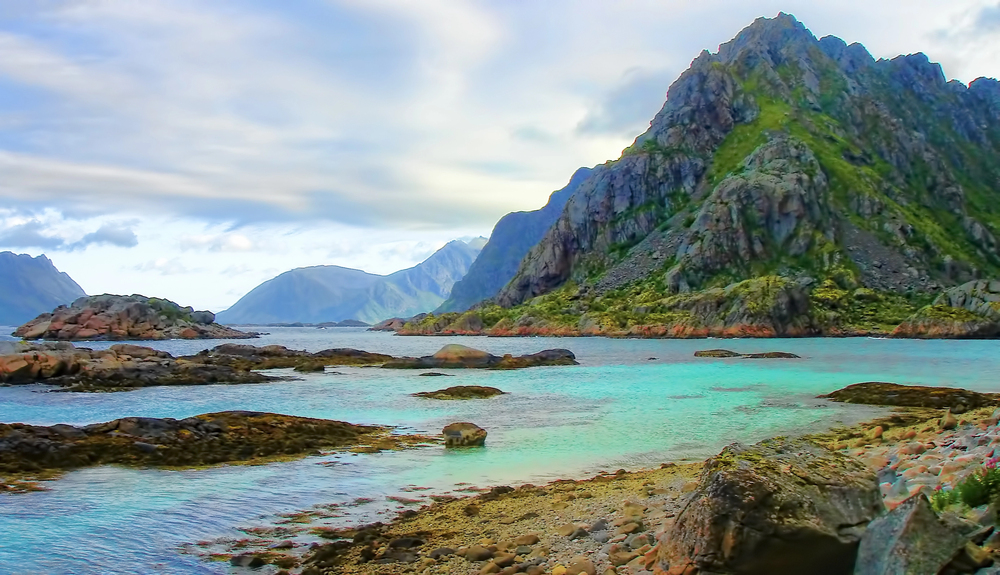
The fjords of Norway take on an almost mythological quality during stormy weather when waterfalls multiply, and clouds dance around mountain peaks. The rapidly changing weather creates dramatic light effects that photographers chase for years, with sun rays occasionally piercing through storm clouds to illuminate the landscape.
Local ferries and tours continue operating in most conditions, offering thrilling rides through nature’s greatest show. The cozy Norwegian concept of ‘koselig’ comes alive during stormy weather, with warm cafes and traditional fishermen’s cabins providing perfect shelter for watching nature’s drama unfold.
The storms reveal the true character of these ancient landscapes, carved by ice and water over millennia.
Portland (Oregon)

Portland’s frequent rain transforms the city’s famous parks and gardens into vibrant wonderlands of green while creating perfect conditions for the city’s infamous coffee culture to thrive. The Japanese Garden takes on new life in the rain, with water droplets clinging to maple leaves and creating natural art installations.
Local architectural features, designed with rain in mind, turn everyday walks into adventures in staying dry while appreciating clever urban design. The city’s countless bookstores, coffee shops, and breweries become even more inviting, offering cozy refuges that explain why Portland’s creative culture flourishes despite (or perhaps because of) the grey skies.
Like Travel Pug’s content? Follow us on MSN.
Salar de Uyuni
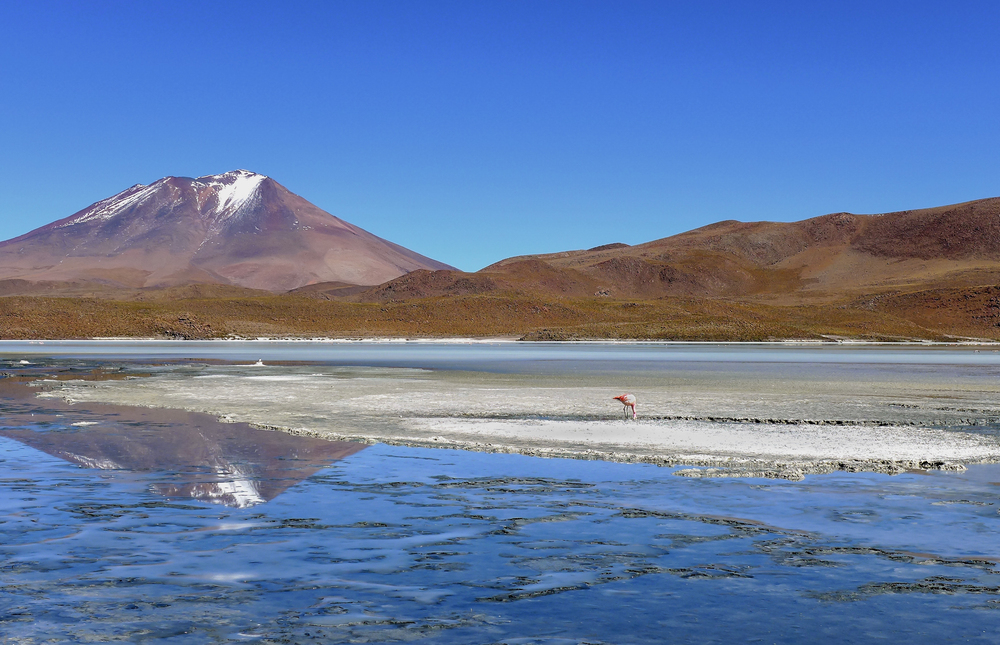
Bolivia’s famous salt flats transform into the world’s largest mirror during the rainy season, creating surreal landscapes that seem more like contemporary art installations than natural phenomena. The thin layer of water covering the salt creates perfect reflections of the sky, making it impossible to tell where earth ends and heaven begins.
The wet conditions actually make parts of the salt flats more accessible, as the moisture compacts the salt and prevents the dust issues common during the dry season. Photographers consider this their holy grail of shooting conditions when the boundary between reality and reflection dissolves completely.
The challenges of wet season travel are rewarded with scenes that seem to belong in science fiction rather than on Earth.
The Sahara Desert
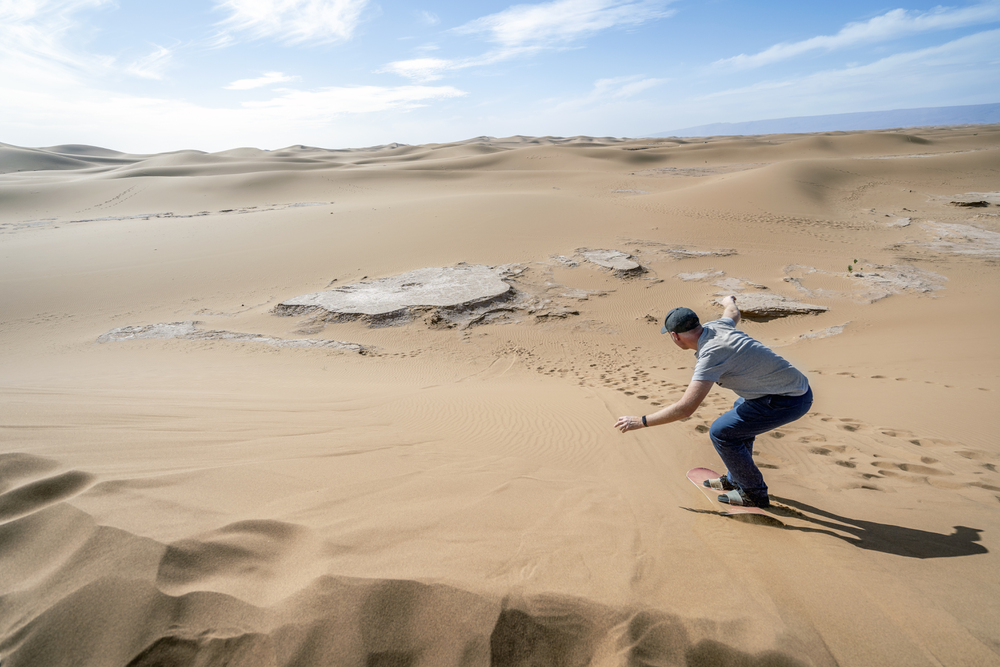
While sandstorms might seem like nature’s ultimate obstacle, experiencing one safely from a desert camp provides an unforgettable lesson in the desert’s raw power. Traditional Bedouin tent design suddenly makes perfect sense as these time-tested shelters protect travelers from the elements while allowing them to witness nature’s fury.
The aftermath of a storm reveals newly shaped dunes and often uncovers ancient artifacts buried for centuries. Local guides share generations of knowledge about predicting and surviving these storms, offering insights into how human cultures have adapted to extreme environments.
The changing colors of the sky during a sandstorm create otherworldly scenes that few travelers ever witness.
Black Forest
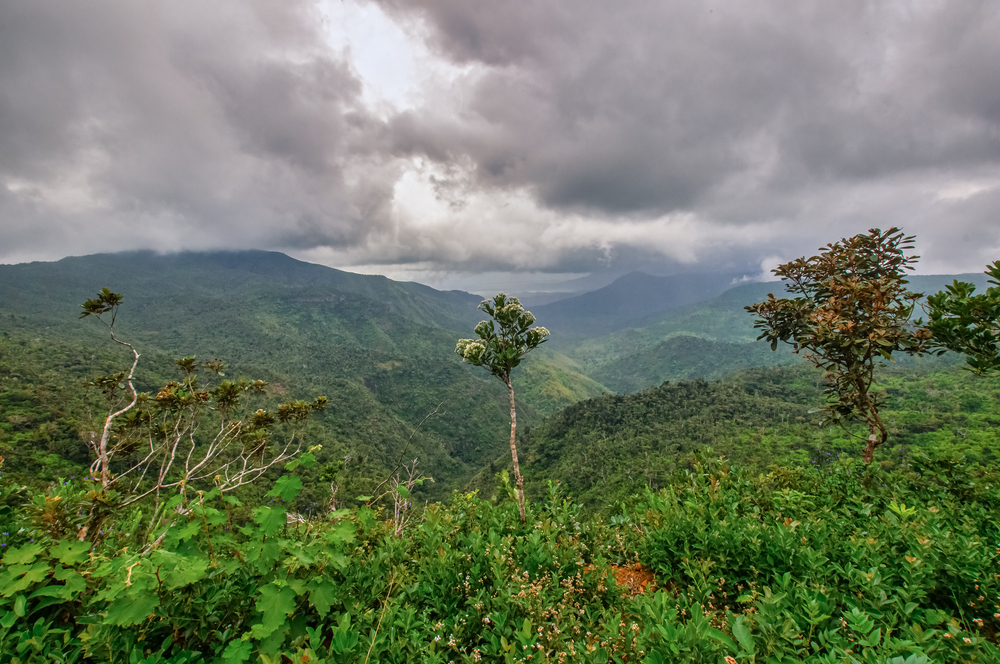
Germany’s Black Forest earned its name from the dense canopy that blocks much of the sunlight but adds fog to the mixture, and you enter a fairy tale landscape that inspired countless Brothers Grimm stories. The mist weaving between massive pine trees creates an atmosphere that photographers and artists have tried to capture for centuries.
Traditional half-timbered villages emerging from the fog look exactly like illustrations from childhood storybooks, while hiking trails transform into mysterious paths that seem to lead to other worlds. The reduced visibility encourages slower, more mindful exploration, allowing you to notice details that might be missed on clear days.
The fog also amplifies the forest’s sounds, from falling pine needles to distant church bells.
Like Travel Pug’s content? Follow us on MSN.
Scottish Islands
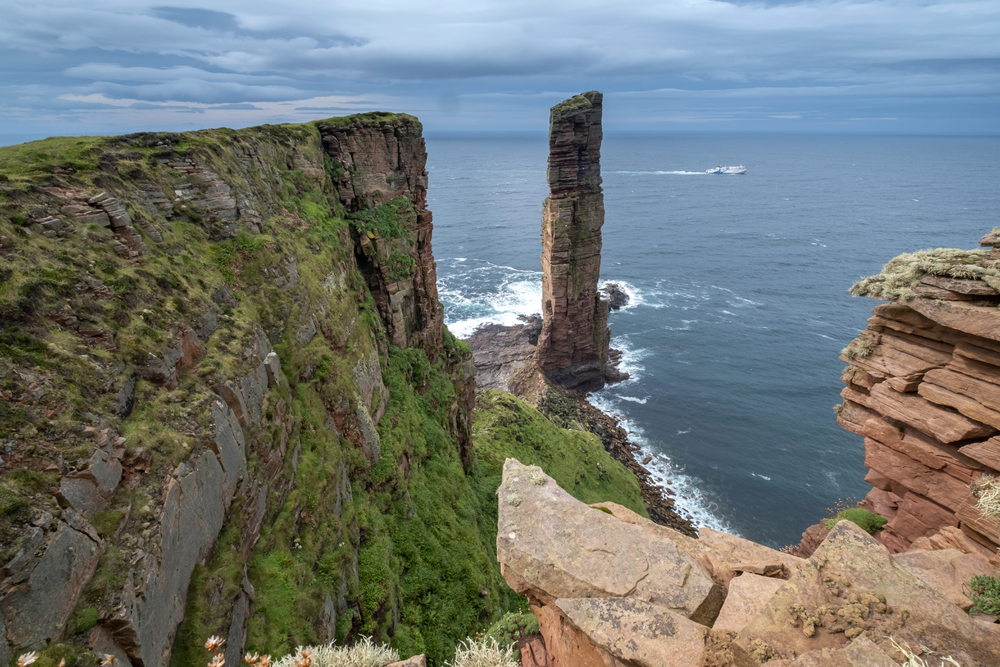
The remote Scottish islands reveal their true character during winter gales when powerful storms demonstrate why local architecture evolved as it did. Traditional blackhouses and modern buildings alike hunker down against the wind, providing cozy shelters from which to witness nature’s power.
The storms create spectacular wave displays along the rocky coasts, with some islands famous for waves that crash over cliffs hundreds of feet high. Local pubs become even more welcoming during storms, offering perfect venues for learning about island life and history from residents who’ve weathered countless gales.
The dramatic conditions create perfect opportunities for storm watching, with some islands offering special photography tours during particularly impressive weather events.
Olympic National Park

Washington’s Olympic National Park includes one of the few temperate rainforests in the world, and it shows its true colors during the frequent rain showers that keep it lush and green. The rain brings out the vibrant colors of mosses and lichens that blanket the ancient trees, creating an almost fluorescent display of greens.
Waterfalls throughout the park grow more impressive with each shower, while the forest canopy provides surprising protection from all but the heaviest downpours. The rain drives away crowds but brings out Roosevelt elk and other wildlife that prefer the quiet, wet conditions.
The misty conditions create perfect opportunities for atmospheric forest photography, especially when sunbeams occasionally pierce through the canopy.
Cornwall
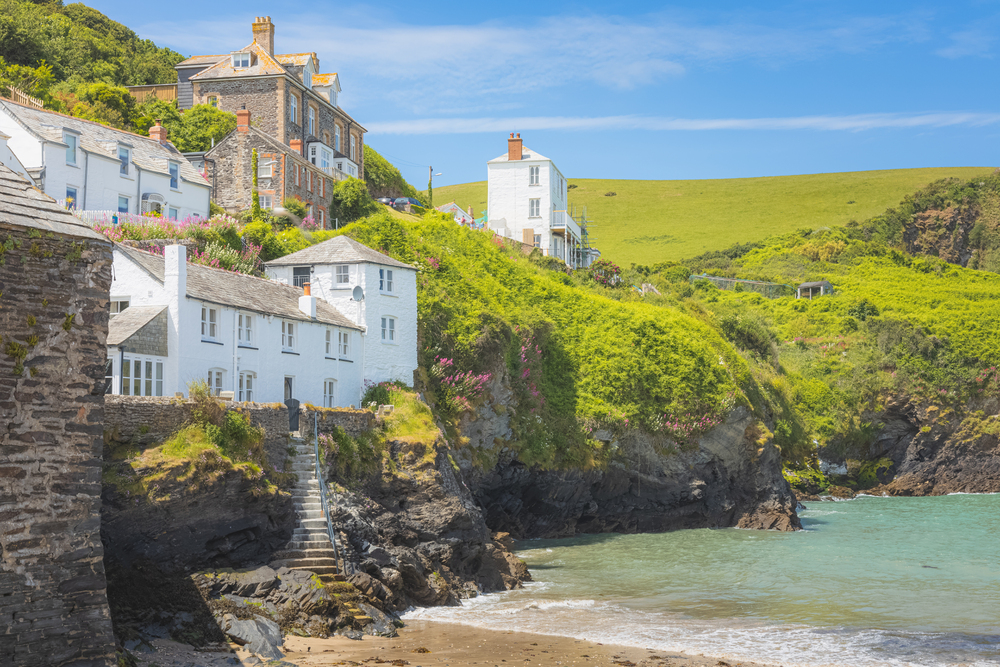
England’s southwestern peninsula has a long history of shipwrecks and smuggling, and stormy weather helps you understand why. The powerful waves crashing against historic lighthouses and rugged cliffs create displays of natural power that attract photographers and storm chasers from around the world.
Historic harbor towns take on a moody atmosphere that perfectly matches their smuggling histories, while modern storm watchers gather in safe spots to witness nature’s fury. Local museums and pubs share centuries of stories about storms, shipwrecks, and survival, offering fascinating insights into how coastal communities have learned to live with and sometimes profit from fierce weather.
The dramatic conditions create perfect opportunities for both photography and storytelling.
Like Travel Pug’s content? Follow us on MSN.
Hokkaido
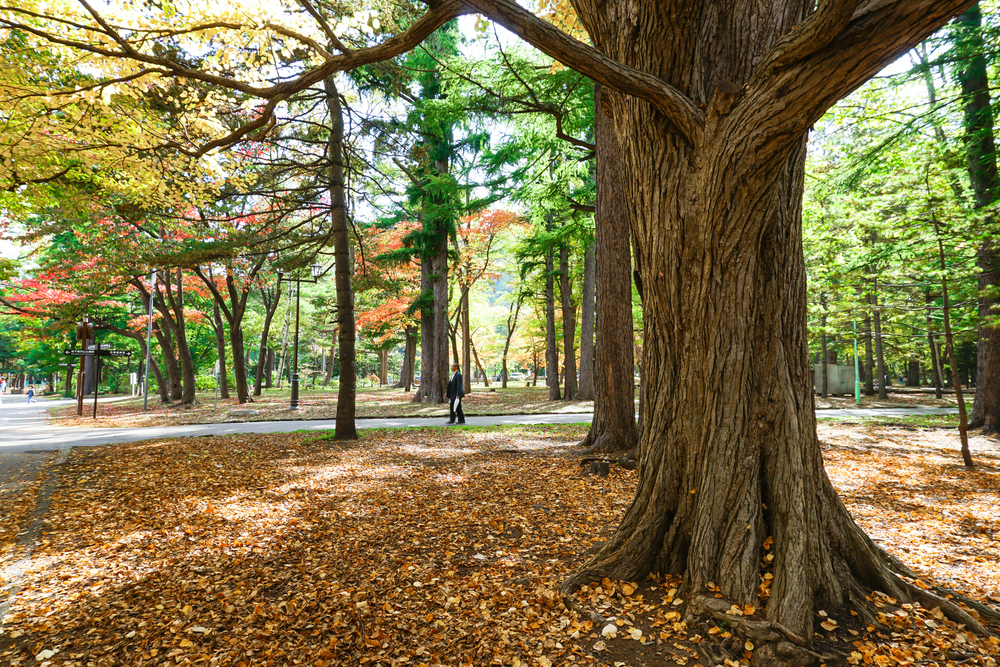
Japan’s northernmost island embraces winter like nowhere else, with some cities actually becoming more lively during snowstorms. The famous snow festivals continue regardless of weather, with sculptors sometimes incorporating falling snow into their creative process.
Local restaurants become even more inviting, offering steaming ramen and hot sake while snow piles up outside. The Japanese concept of adapting to rather than fighting nature becomes clear as you watch cities function smoothly under conditions that would paralyze many Western urban areas.
The snow creates perfect conditions for unique photography, especially at night when light reflects off falling snowflakes.
Louisiana Bayou

The swamps and bayous of Louisiana take on an eerie beauty during stormy weather, when Spanish moss sways in the wind and lightning illuminates the ancient cypress trees. Local guides share generations of knowledge about weather patterns and survival in these unique ecosystems, while wildlife adapts to the changing conditions in fascinating ways.
The storms reveal why traditional architecture evolved as it did, with raised houses and broad porches designed to cope with regular flooding. The dramatic conditions create perfect opportunities for understanding how these complex ecosystems function and why they’re so important for hurricane protection.
Chilean Patagonia
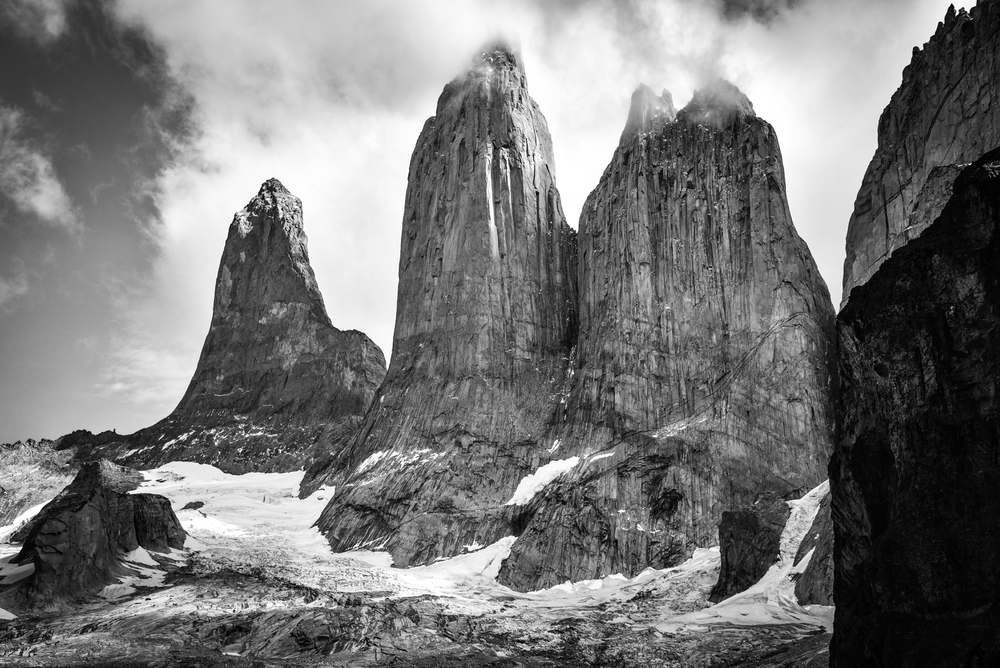
Patagonia’s famous winds, which can exceed 100mph, shape everything from the landscape to local culture. The twisted trees serve as natural wind indicators, their shapes telling stories of years facing the infamous gusts.
Despite the challenging conditions, wildlife appears remarkably adaptable, with condors using the powerful updrafts to soar effortlessly along cliff faces. Local guides know exactly when and where to find shelter, turning potentially dangerous conditions into fascinating lessons about wind patterns and weather systems.
The wind creates extraordinary photo opportunities, especially when it shapes clouds into formations seen nowhere else on Earth.
Like Travel Pug’s content? Follow us on MSN.
Thoreau’s Walden
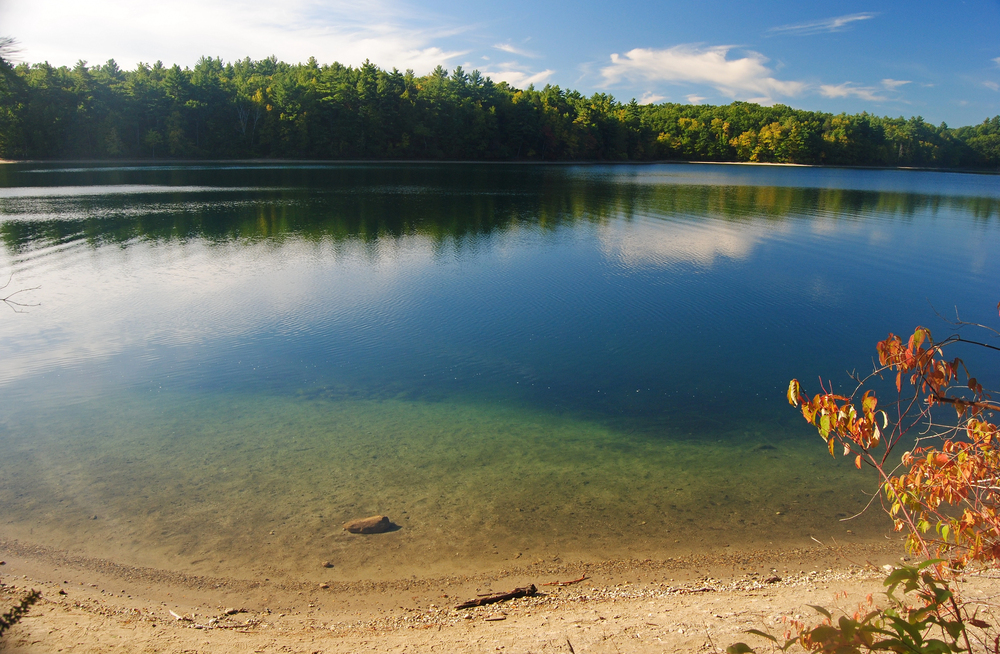
Massachusetts’s famous pond becomes something entirely different during winter storms, offering insights into why Thoreau found such inspiration here during his solitary stay. The stark beauty of snow-covered ice and trees creates scenes that match the philosophical mood of Thoreau’s writings.
Winter storms drive away the crowds that sometimes overwhelm this literary site during better weather, allowing for quiet contemplation that matches the original spirit of the place. The challenging conditions help modern visitors understand the self-reliance that Thoreau wrote about while creating perfect opportunities for both photography and reflection.
Local nature centers offer programs about winter ecology and Thoreau’s observations of seasonal changes.
Great Barrier Reef

While most visitors pray for sunshine, rainy days on the Great Barrier Reef offer unique experiences that many miss. The rain creates beautiful patterns on the water’s surface and actually improves underwater visibility by calming the sea and reducing sun glare.
Marine life often becomes more active during rain showers, especially when the rain coincides with natural feeding cycles. The reduced number of visitors during rain means more personal attention from guides and better opportunities to learn about reef ecology.
The dramatic skies create perfect conditions for both above and below-water photography, especially during breaks in the rain when sunbeams pierce the clouds.
Kerala Backwaters
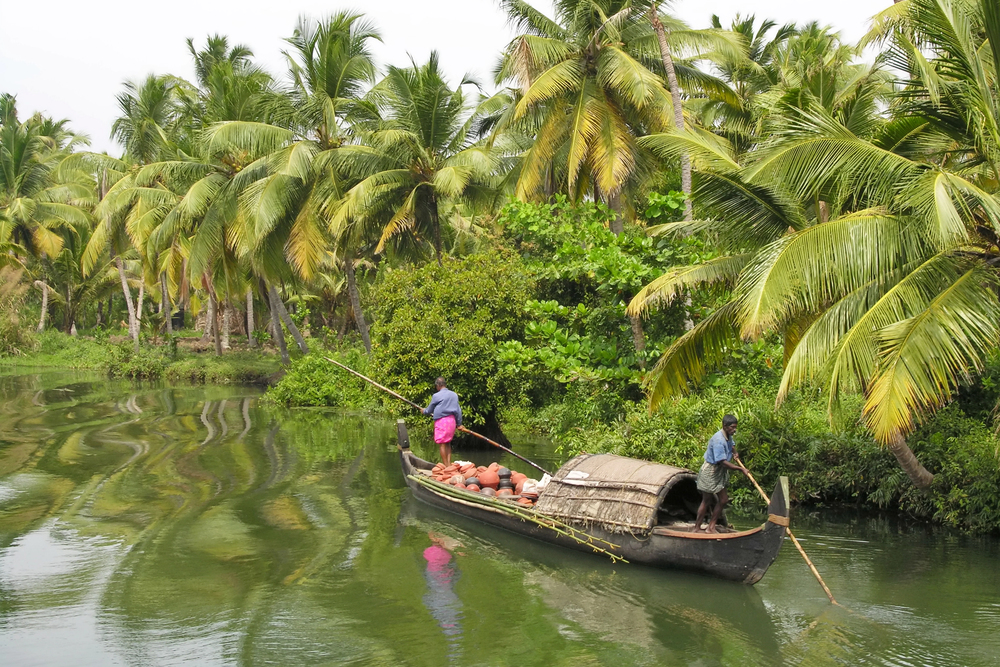
India’s famous backwaters take on a different character during monsoon season when increased water levels create new channels and opportunities for exploration. The rain transforms the landscape into countless shades of green, while traditional Kerala architecture demonstrates its cleverness in dealing with annual floods.
Local life adapts to the monsoon rather than shutting down, with special boats and equipment designed specifically for these conditions. The reduced tourist numbers during monsoon season mean better prices and more authentic experiences, especially on the famous houseboat cruises.
The dramatic conditions create perfect opportunities for understanding how these complex water systems function and why they’re so important to local life.
Like Travel Pug’s content? Follow us on MSN.
Embracing Nature’s Moods
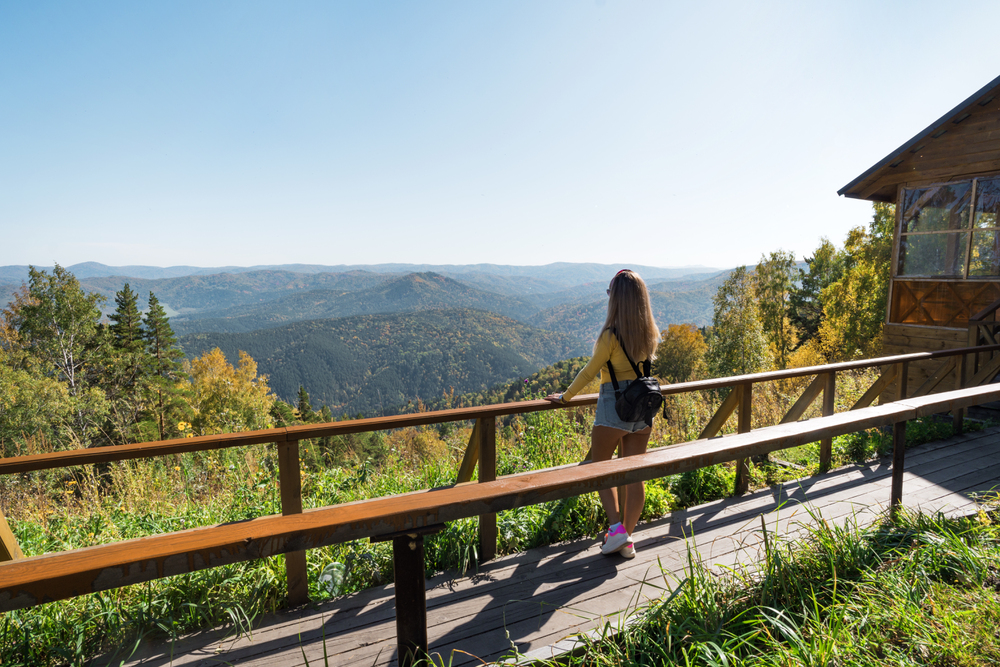
Weather that tourists typically avoid often creates the most memorable travel experiences. These destinations prove that there’s no such thing as bad weather, only different ways of experiencing and appreciating places. The key lies in proper preparation, respect for local conditions, and willingness to see beauty in all of nature’s moods.
Sometimes, the most remarkable travels come from embracing rather than avoiding challenging conditions. After all, perfect weather doesn’t always mean perfect experiences – sometimes a little rain, snow, or wind adds exactly the element needed to transform an ordinary destination into an unforgettable adventure.
More from Travel Pug

- 15 Dangerous European Cities to Avoid
- 15 Caribbean Islands Where Tourists Keep Getting Scammed
- The 20 Most Fascinating Abandoned Places: A Journey Through Time and Forgotten Spaces
- 15 Hidden Places in the Smithsonian Museums Locals Love: A Guide to Lesser-Known Treasures
- 16 Hidden Florida Beach Towns That Aren’t Overrun with Tourists
Like Travel Pug’s content? Follow us on MSN.
